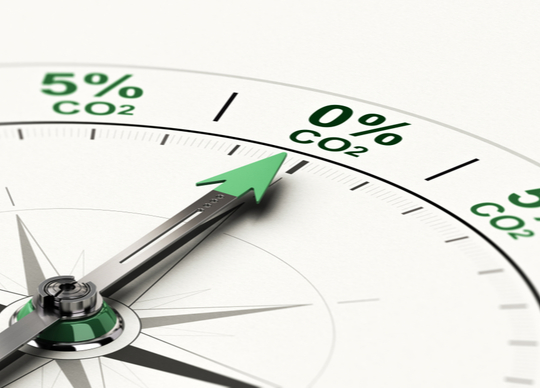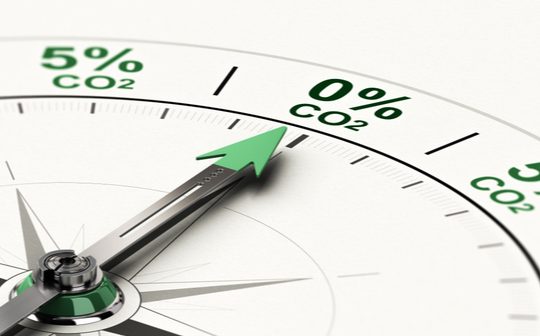
Eaton has announced its Vehicle Group has secured a $2.4 million grant from the U.S. Department of Energy (DOE) to develop new technologies to reduce emissions from agricultural equipment.
Under the grant, Eaton plans to develop technologies that simultaneously reduce greenhouse gas (GHG) by 10% and nitrogen oxides (NOx) by 90% for agricultural powertrains designed for multiple-duty cycles.
The technologies are required to span application diversity in the segment while being both cost-efficient and robust. Separately, Eaton also received a $4.9 million grant to develop a new compact and modular solid-state transformer to reduce the cost and size of DC fast-charging systems.
“Off-highway sector emissions levels, including in the agricultural segment, significantly lag behind on-road applications due to a lack of technology solutions,” said Dr. Mihai Dorobantu, director, Technology Planning and Government Affairs, Eaton’s Vehicle Group. “This grant could enable significant reductions in both GHG and NOx emissions that would then drive the technology and its benefits nationwide and help us meet our corporate sustainability objectives. The DOE funding supports our ongoing work to develop technologies that reduce emissions in applications that are difficult to decarbonize. The funding also enables research partnerships to optimize architectures and components.”
To achieve the grant’s objective, Eaton’s Vehicle Group will develop new components for agricultural applications and will modify existing technologies developed for commercial vehicles, including engine and aftertreatment systems. Agricultural solutions differ from advanced on-road technologies because they are used in unique and varying operating cycles.
By partnering with leading engine manufacturers, Eaton plans to achieve the DOE targets through innovative technologies that provide higher engine compression ratios, reduce friction and increase turbo machinery efficiency while minimizing mechanical losses.
Eaton will adapt its line of variable-valve actuation (VVA) solutions, originally designed for commercial vehicles, for agricultural use. Eaton’s VVA technologies are based on two building blocks — a rocker with a switchable capsule, and a split rocker for full deactivation. By combining these two building blocks, several VVA strategies can be utilized in virtually any engine architecture — from single and dual overhead cam to cam-in-designs, for engine displacements ranging from 2.0 to 15.0 liters.
Cylinder deactivation (CDA) is a VVA technology that consists of deactivating the intake and exhaust valve opening, as well as the fuel injection on some of the cylinders when the engine is running at low load. CDA is an ideal solution for commercial vehicles that make frequent stops, as well as many agricultural implements. CDA can reduce NOx emissions by up to 40% and carbon dioxide (CO2) by 5%-8%.
Eaton will also focus on active catalyst heating technology to assist with exhaust thermal management as part of achieving the DOE’s targets. Active heating solutions provide heat directly to the vehicle’s aftertreatment system, reducing harmful NOx emissions by warming the selective catalytic reduction (SCR) catalyst to approximately 200-250 degrees Celsius as quickly as possible, and maintaining this temperature during periods of low-load operation.
Additionally, Eaton plans to leverage its positive-displacement TVS exhaust gas recirculation (EGR) pump to meet the program’s objectives. The EGR pump complements a high-efficiency turbocharger to reduce engine pumping losses, thereby increasing fuel economy and lowering emissions. Because the pump is a positive-displacement device, the engine controller uses the pump speed signal, as well as other Controller Area Network (CAN) sensor data, to accurately calculate EGR mass flow rate.
“This program is foundational to creating two market drivers in the off-highway segment —upcoming regulations to lower GHG and NOx emissions across the segment, and a significant economic benefit generated for end users,” Dorobantu said.
The DOE DC fast-charging grant aims to significantly reduce the time it takes to install charging infrastructures at end-user facilities.
The grant aligns with the DOE’s commitment to have zero-emission vehicles make up half of all vehicles sold in America by 2030 and achieve net-zero emissions economywide by 2050.






